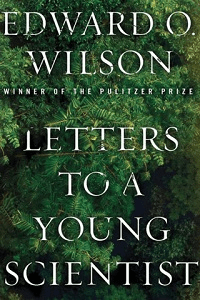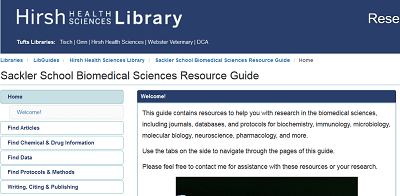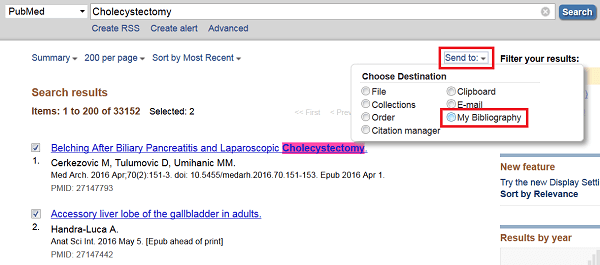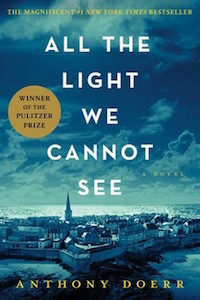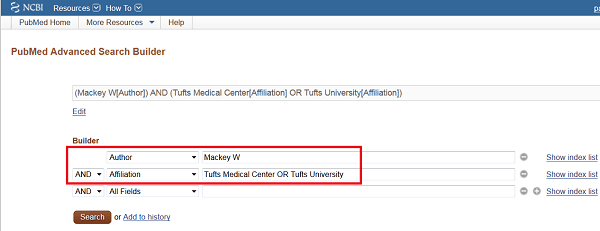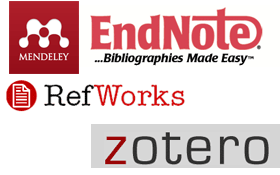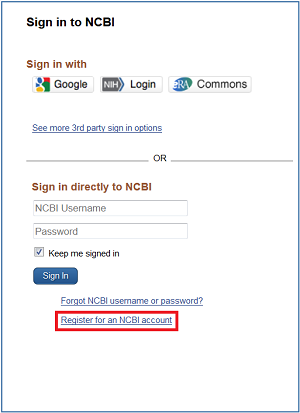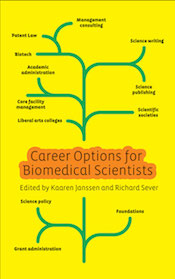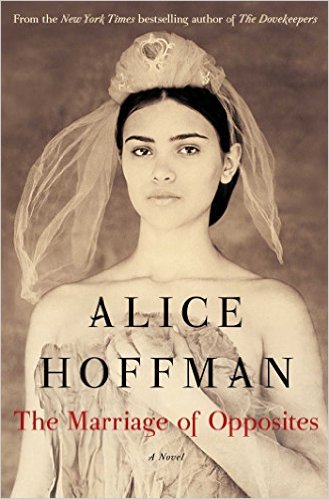What are altmetrics?
The graduate student who coined the term ‘altmetrics’ in a 2010 tweet has defined altmetrics as “the study and use of scholarly impact measures based on activity in online tools and environments” (Priem, 2012). The term is often used to describe any alternative, non-citation based measure of research impact, such as:
- Number of times an article has been viewed or downloaded from a journal website, or database
- Number of times an article has been exported to a citation manager
- Number of times an article has been shared via email or on Twitter, Facebook or other social media sites
- Mentions in the mainstream media
How are altmetrics different from traditional citation metrics?
Altmetrics are generated rapidly, as opposed to citations which take time to accumulate. Altmetrics capture data from a variety of sources, both within and beyond the scholarly community, versus traditional citations, which only capture information from published scholarly works. Altmetrics also recognize research products beyond the peer-reviewed journal article, such as data sets and code (Khodiyar, Rowlett and Lawrence, 2014).
Where can I find altmetrics?
Look for altmetrics when viewing an article on a journal’s website: Many publishers, such as PLoS, provide the number of times an article has been viewed, shared, saved or download from their site.
Look for an Altmetric score: Altmetric (http://www.altmetric.com/) monitors online activity for mentions of scholarly articles. The collected data is used to calculate an Altmetric score, a measure of the quality and quantity of attention that an article receives. A recent article in the Annals of Emergency Medicine describes how the Altmetric score is calculated, and the potential impact and limitations of this score.
Install the free Altmetric bookmarklet to get stats for an article you are reading online, or look for an Altmetric score ![]() when viewing articles on:
when viewing articles on:
- A journal’s website
- JumboSearch: Copy and paste the title of an article into our library’s search tool, JumboSearch (http://tufts.summon.serialssolutions.com/). If an Altmetric score is available for the article, then you will see an
 icon below the abstract.
icon below the abstract. - Scopus: Scopus is a database that indexes journal articles, conference proceedings and books from the sciences, social sciences, art and humanities. When viewing an article abstract in Scopus, look for the Metrics box in the right-hand column.
Impactstory: Impactstory (https://impactstory.org/) is a web-based tool that gathers metrics on research products (articles, data sets, etc.) from a variety of sources, including Facebook, Google+, Twitter and PubMed Central. Impactstory profiles display raw numbers as well as badges that indicate how a product has performed compared to similar products in the same discipline. Individuals with an ORCID (Open Researcher and Contributor ID) can create an Impactstory profile for free.
So, what do these all this mean?
Altmetrics are an evolving area of use and study. Altmetrics provide a more nuanced picture of how articles are being used, and therefore compliment, not replace, traditional measures of research impact. For more on altmetrics, see ‘Research Impact: Altmetrics Make their Mark’ from Nature, and ‘Rise of “Altmetrics” Revives Questions about How to Measure Impact of Research’ from The Chronicle of Higher Education.

